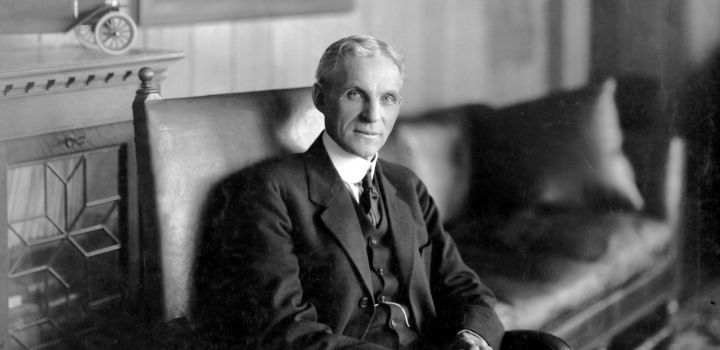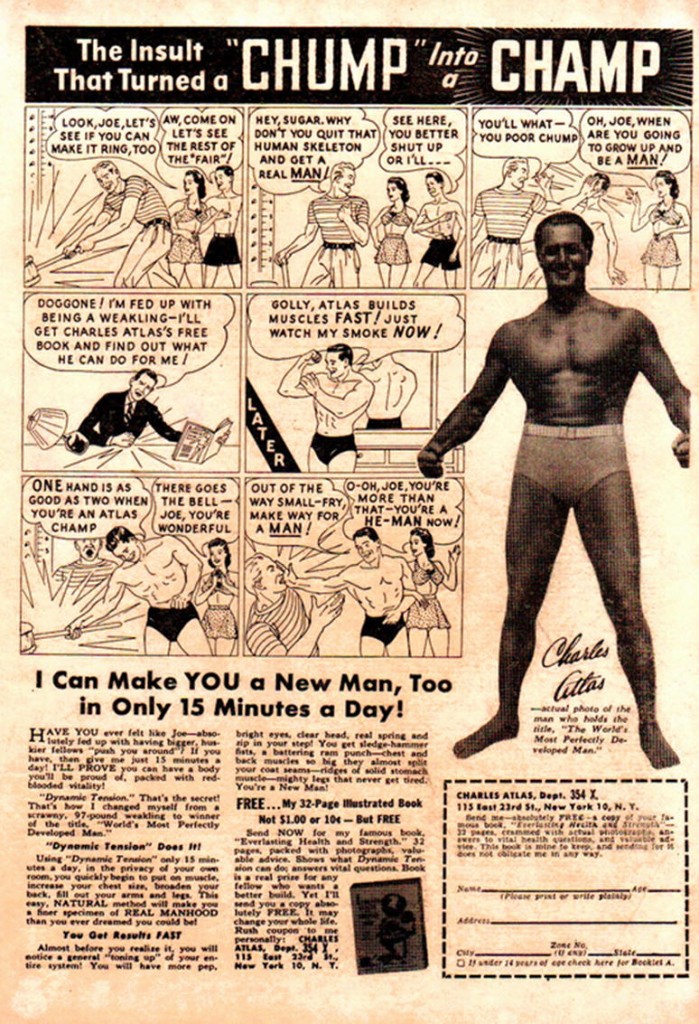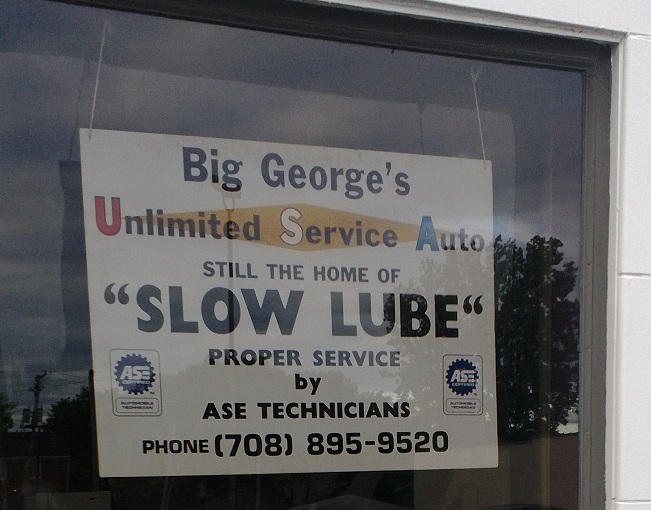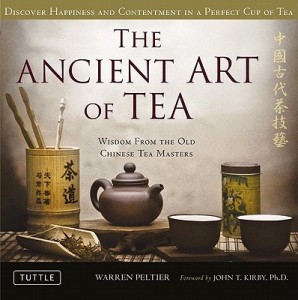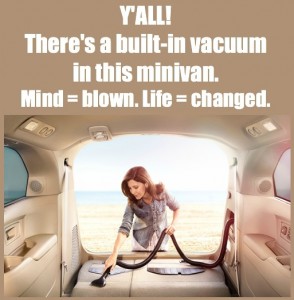Writing emails can be painful.
(If I’m honest, writing is always painful for me. Nobel Prize winner Thomas Mann noted that “A writer is someone for whom writing is harder than it is for other people.” That makes me feel a little better.)
It’s painful because it matters to me. Because YOU matter to me.
Sounds cheesy, but it’s the truth.
I can’t just throw some words together and send the email out. I want to give you something of worth, something you can use.
Very few of the emails I receive live up to that standard. They’re thinly-veiled sales pitches — if veiled at all — or totally fabricated stories told in an attempt to get me to take some course of action.
Excuses to stay in my face… and sorry excuses at that.
Don’t get me wrong. You should sell. When you write an email, you should have a profitable end result in mind.
But please… PLEASE… if you’re emailing your list or producing other content, say something valuable.
The profitable end result you have in mind should be mutually profitable.
Let me get to my point…
I can feel you drifting.
Last Tuesday, I gave a presentation at an entrepreneurship training program on Chicago’s west side.
During the Q&A segment, one gentleman asked me what he could do to get people to open his emails.
Good thing he asked that question because quite a few others in the room have the same difficulty.
Here’s what’s interesting. Every time Old Navy sends an email, my wife opens it and I end up spending money. Every time Ulta Beauty sends an email, she opens it. More money changes hands.
So what’s the difference?
The only reason anyone opens a letter is that he believes there’s something in it for him. That was true of snail mail a century ago and it’s true of email today.
My wife opens emails from Old Navy knowing full well that there will be a sales pitch. But she also knows there’s a good chance she’ll get a good deal on products she likes. She’s getting a deal: coupons, lowered prices, preferred customer discounts and/or a chance to see what’s hot and new.
That’s valuable to her.
(Keep in mind that not everyone feels like my wife does about Old Navy. Most people don’t open 100% of their emails.)
If you want to get people to open your emails, that’s where you start.
Develop a reputation for delivering value to the people you’re reaching out to.
Remember, value is defined by the reader. If your Dad sent you a birthday card, you’d open it right away. I couldn’t care less about it; he’s not my dad. There’s nothing for me inside that envelope.
That’s Why the Email’s From Line Is More Important Than the Subject Line
When you send messages that matter, your list will read them even if your subject lines aren’t that interesting.
If you’re known for sending fluff or irrelevant sales pitches, the From field will get your email trashed no matter how great your Subject is.
It all falls apart when it becomes apparent to your reader that you only send emails when you need something.
No one likes to be on the receiving end of that kind of treatment.
Telling good stories is a powerful way to add value to your email marketing. And you really only need 3 ingredients to tell good stories.
Discover what they are in this video:

